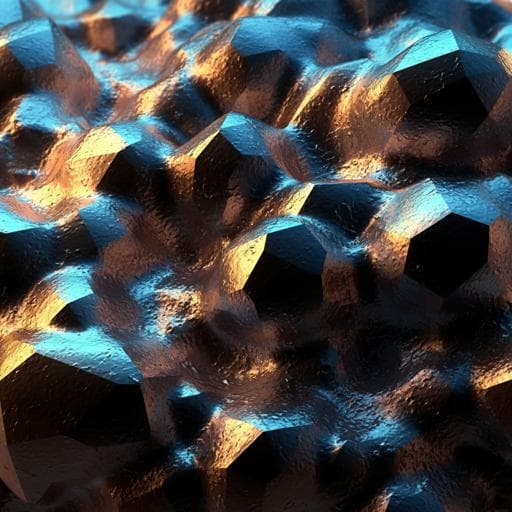
Chemistry
Tailoring the active site for the oxygen evolution reaction on a Pt electrode
K. Iizuka, T. Kumeda, et al.
This groundbreaking study explores highly active electrocatalysts for the oxygen evolution reaction (OER) on single-crystal Pt electrodes, demonstrating how potential cycles can amplify OER activity by creating atomic-sized vacancies. Conducted by Kazuki Iizuka and colleagues, the research uncovers the intricate mechanisms behind enhanced efficiency in water electrolysis.
~3 min • Beginner • English
Related Publications
Explore these studies to deepen your understanding of the subject.







